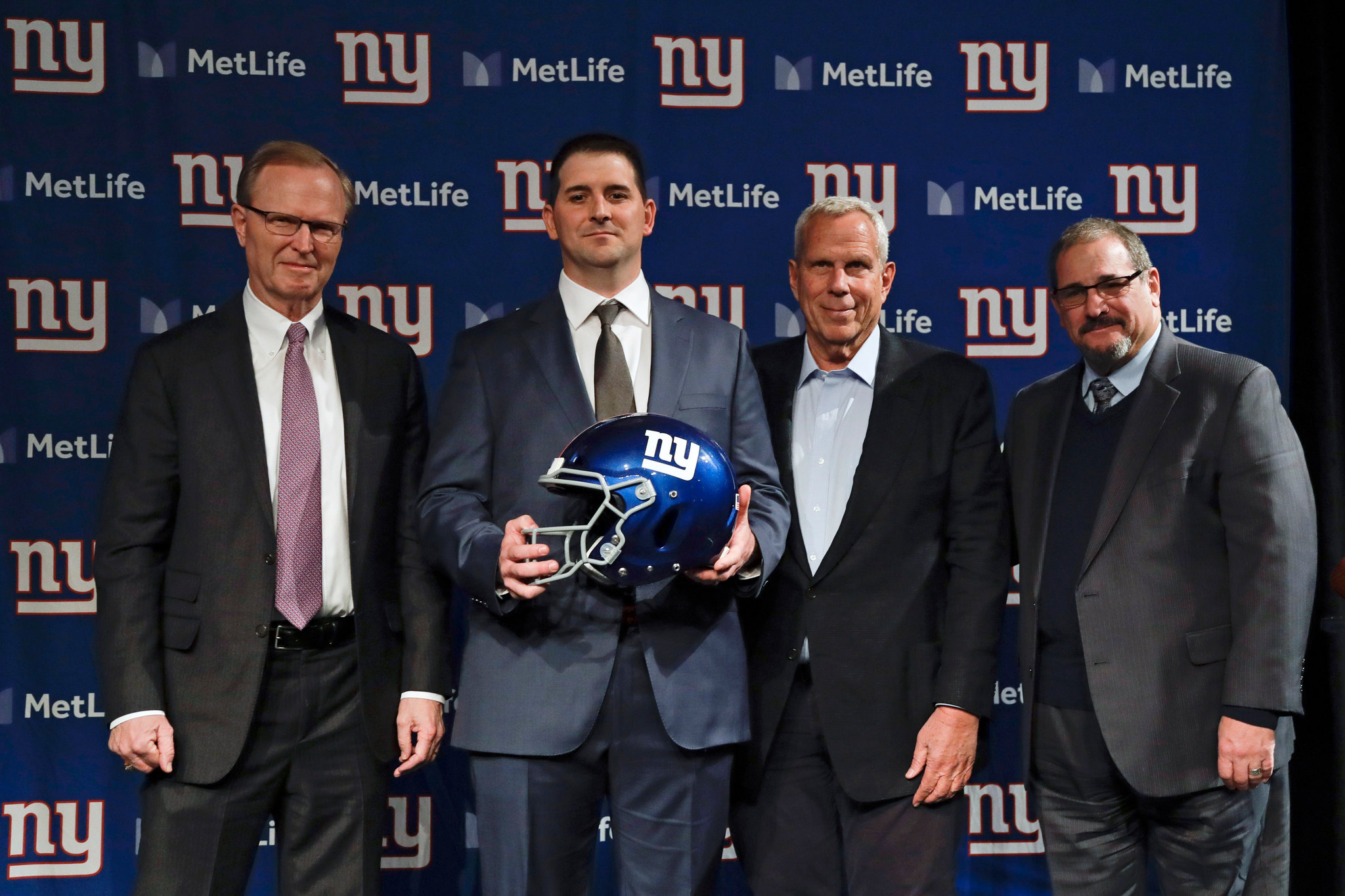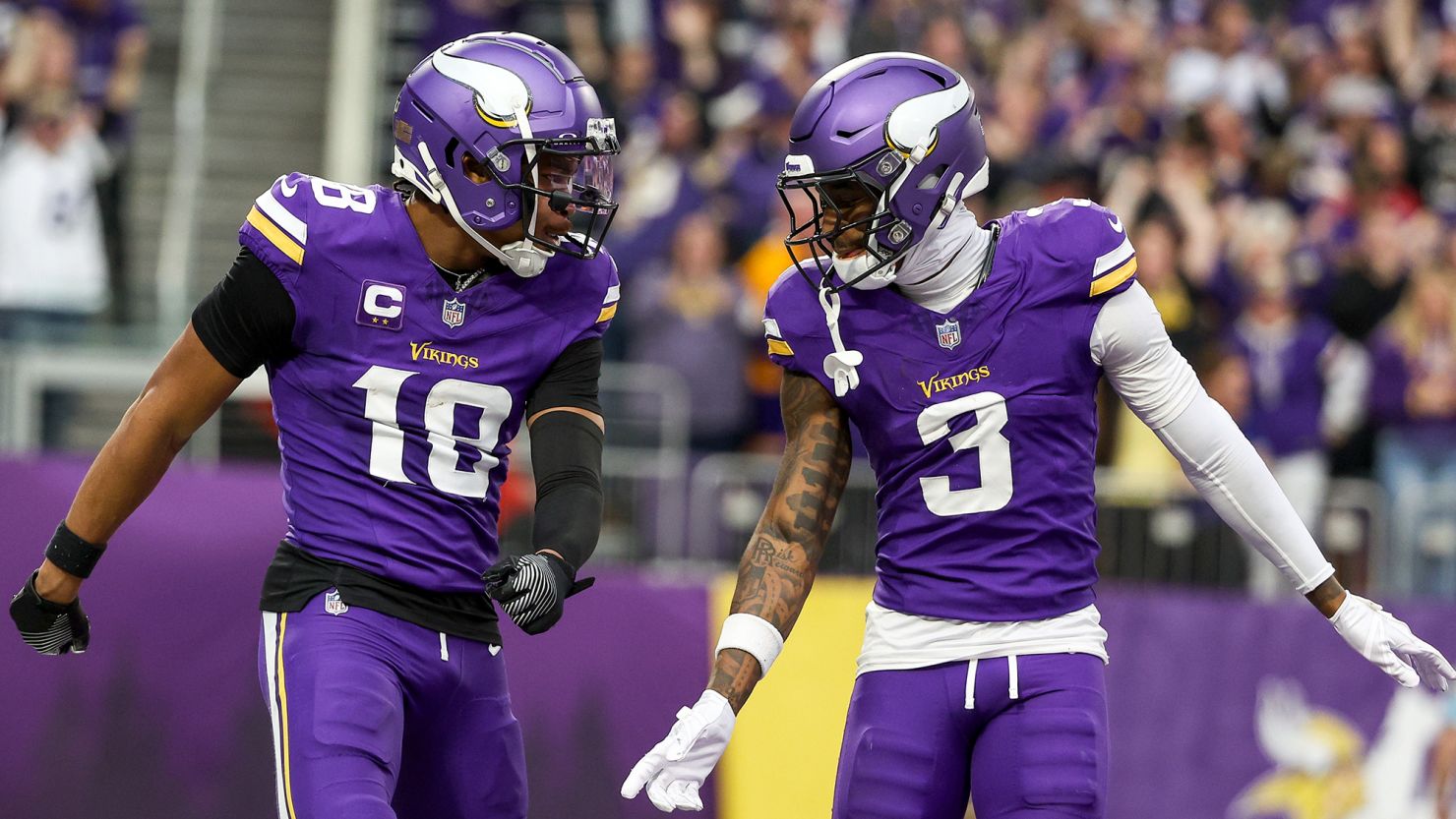Thoughts on Joe Pompliano’s article:
Joe Pompliano brilliantly captures a seismic shift happening in the NFL’s front offices — from reliance on traditional scouting and gut instinct to a data-driven, analytics-first approach led by Ivy League-educated general managers with backgrounds in finance, computer science, and statistics. The rise of executives like Howie Roseman, Andrew Berry, and Kwesi Adofo-Mensah illustrates how expertise in analytics and strategic thinking now trumps playing experience or decades of film watching.
This transformation is not just about crunching numbers; it’s about leveraging data science to optimize every aspect of team building — from draft day trades and salary cap management to injury prevention and in-game coaching decisions. The NFL, once lagging behind baseball and basketball in analytics adoption due to its complexity and smaller sample sizes, is now fully embracing a modern approach that maximizes expected value and player performance.
Pompliano’s deep dive into expected value models, draft trade value charts, and player metrics like WAR and RAS shows how analytics has become indispensable for making smarter, evidence-based decisions in a $6.5 billion industry.
Inspired by Joe Pompliano’s insights, here’s an original take on the future of analytics in sports management:
How Analytics and Non-Traditional GMs Are Revolutionizing Sports Management Across the Board
Sports management is entering a new era — one where Ivy League-educated strategists and data scientists are not only welcomed but sought after to lead front offices and change rooms alike. The NFL’s transformation, as Joe Pompliano outlines, is just the tip of the iceberg.
Gone are the days when scouting reports and gut feelings were king. Today, leading sports organizations across football, basketball, cricket, and even combat sports are investing heavily in analytics teams. These teams are staffed by professionals who combine advanced degrees in statistics, computer science, and economics with a deep passion for sports.
This change is driven by an undeniable truth: data-driven decision-making delivers a competitive edge. From player acquisition and development to injury management and tactical innovation, analytics now influences nearly every major decision.
Take the example of the NFL’s draft, where expected value (EV) models and composite athletic scores have turned draft picks into quantifiable assets — akin to portfolio management in finance. This means trading down to accumulate “lottery tickets” or strategically trading up for premium positions isn’t guesswork anymore; it’s a calculated investment.
This hybrid model — blending traditional scouting intuition with analytical rigor — is becoming a blueprint for success. It ensures teams don’t just chase statistics but understand the context and translate numbers into real-world impact.
Looking ahead, the sports industry will continue to see a surge in interdisciplinary talent: traders, data scientists, mathematicians, and Ivy League grads will become the norm in executive suites. For sports businesses, the message is clear: embrace analytics or risk falling behind.
Source & Inspiration: Joe Pompliano, “How Ivy League Educated GMs Are Changing The NFL With Analytics,” May 12, Huddle Up Newsletter.
IMAGE: AP


